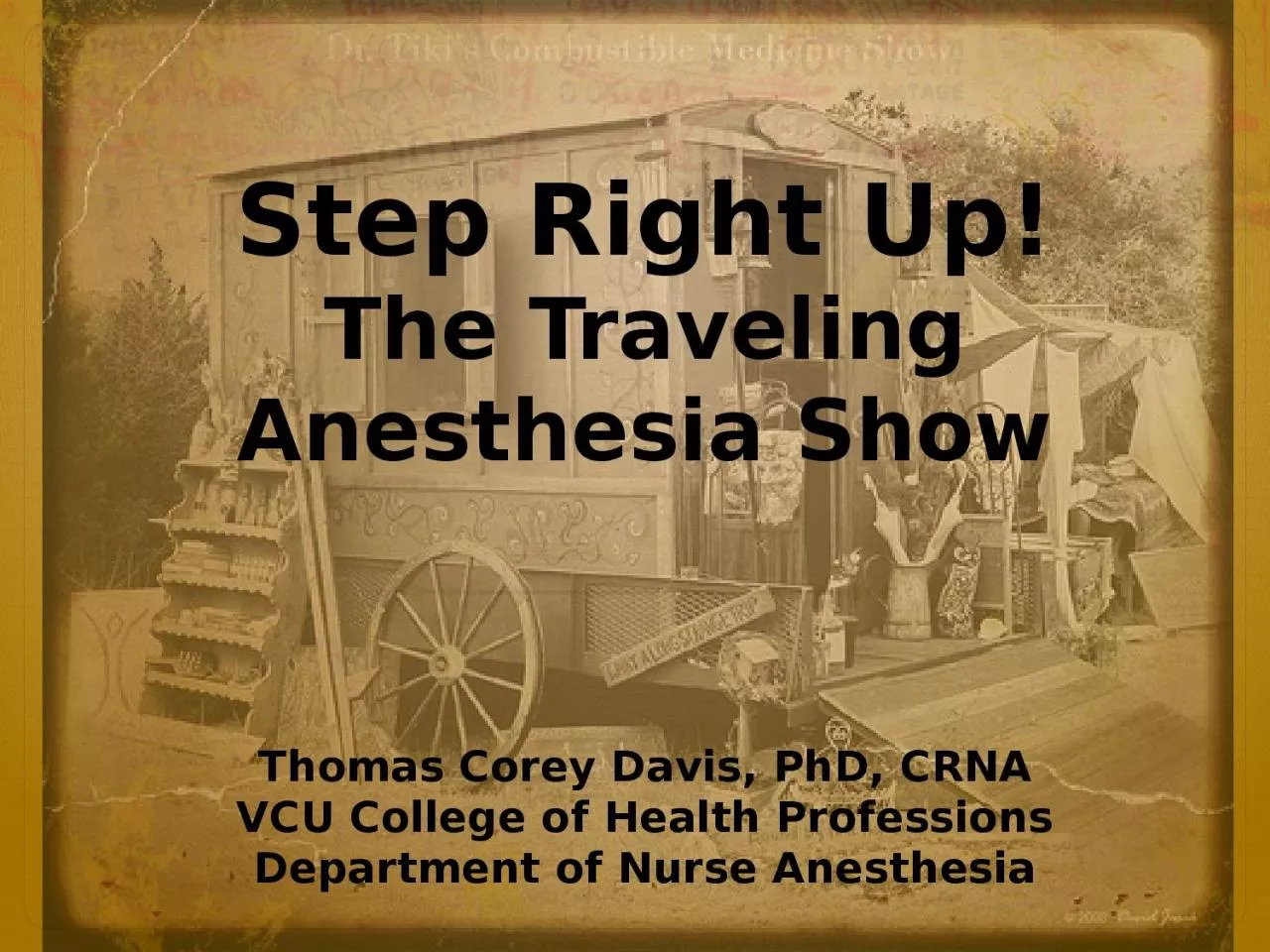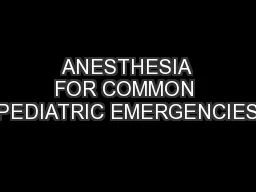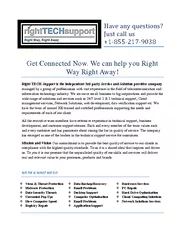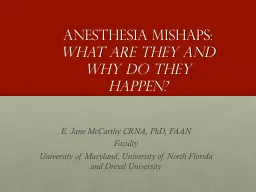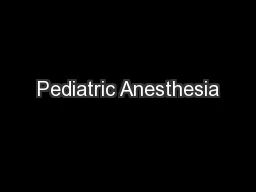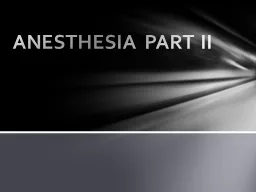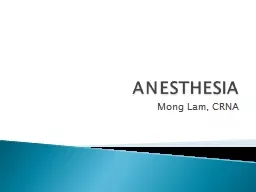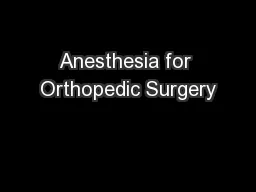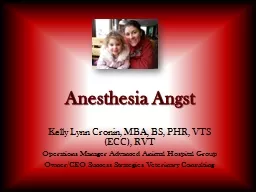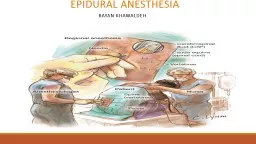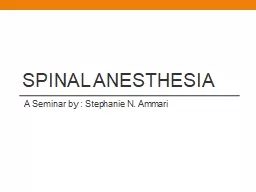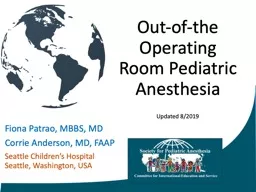PPT-Step Right Up! The Traveling Anesthesia Show
Author : alyssa | Published Date : 2024-03-13
Thomas Corey Davis PhD CRNA VCU College of Health Professions Department of Nurse Anesthesia DISCLAIMER Thomas Corey Davis PhD CRNA I have no current or past relationships
Presentation Embed Code
Download Presentation
Download Presentation The PPT/PDF document "Step Right Up! The Traveling Anesthesia ..." is the property of its rightful owner. Permission is granted to download and print the materials on this website for personal, non-commercial use only, and to display it on your personal computer provided you do not modify the materials and that you retain all copyright notices contained in the materials. By downloading content from our website, you accept the terms of this agreement.
Step Right Up! The Traveling Anesthesia Show: Transcript
Download Rules Of Document
"Step Right Up! The Traveling Anesthesia Show"The content belongs to its owner. You may download and print it for personal use, without modification, and keep all copyright notices. By downloading, you agree to these terms.
Related Documents

